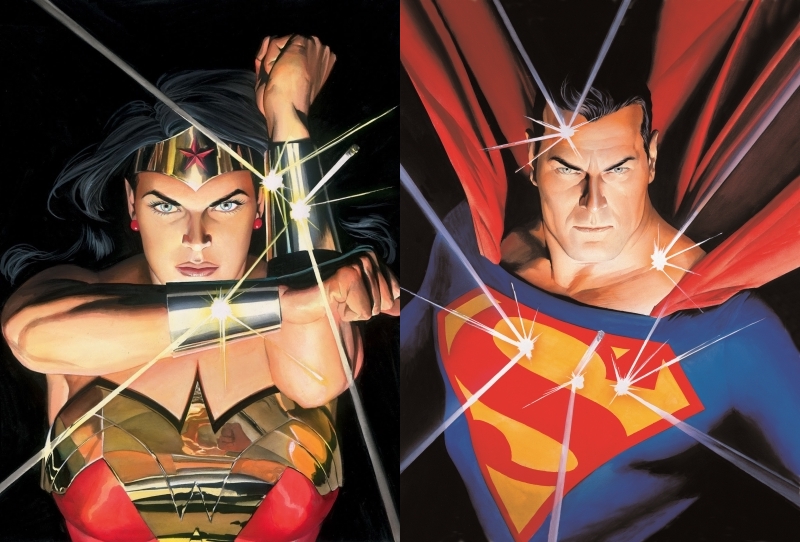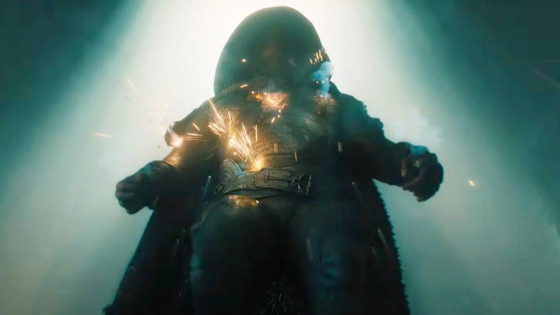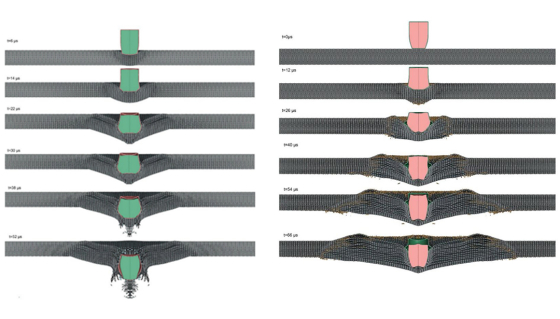From Hollywood to reality, can we manufacture comfortable bulletproof ‘super suits’?
While superheroes are fictional and the concept of a ‘super suit’ appears mostly in movies, UNSW Canberra researchers are working on developing real world light-weight protective armour.


